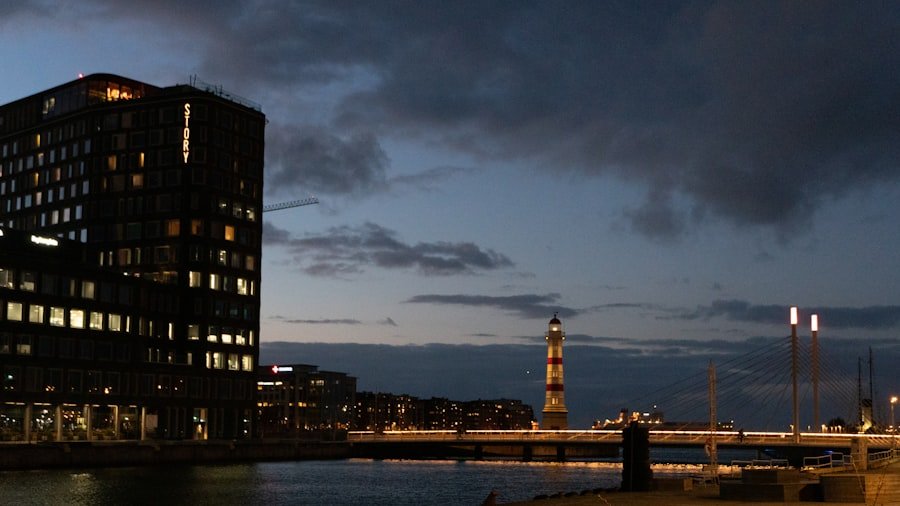The Viking longhouse is an iconic symbol of Nordic history and culture. These long, rectangular buildings were the central living spaces for Viking families and played a crucial role in their daily lives. Understanding the design, function, and significance of Viking longhouses is essential for gaining insight into the Viking way of life and their contributions to Nordic society.
Viking Longhouses: Nordic Living Environment
Viking longhouses were large, communal buildings that served as both homes and gathering places for Viking families. They were typically constructed using a combination of wood, stone, and turf, with a thatched roof. The layout of a longhouse consisted of a central hall, where most of the daily activities took place, and smaller rooms on either side for sleeping quarters and storage.
These longhouses were usually located near bodies of water or fertile land, as agriculture and animal husbandry were vital to Viking society. The placement of longhouses in close proximity to each other created a sense of community and allowed for easy access to shared resources.
Viking Longhouses: Architecture and Design
Viking longhouses were characterized by their sturdy construction and functional design. The structural features of these buildings included thick walls made of timber or stone, which provided insulation and protection from the elements. The roofs were steeply pitched to allow for efficient drainage of rainwater.
Design elements of Viking longhouses included large hearths in the center of the hall for cooking and heating purposes. The walls were often adorned with tapestries and animal skins for insulation and decoration. Windows were small and placed high up on the walls to maximize natural light while minimizing heat loss.
Compared to other Nordic architecture, Viking longhouses were larger in size and more elaborate in design. They were built to accommodate extended families and serve as multi-purpose spaces for various activities.
Viking Longhouses: Family Life and Social Activities
Family structure in Viking society was centered around the longhouse. Extended families lived together under one roof, with multiple generations sharing the same living space. The longhouse served as a gathering place for family members to eat, sleep, and socialize.
Social activities within longhouses included storytelling, music, and games. These activities helped to strengthen familial bonds and pass down cultural traditions from one generation to the next. Hospitality was highly valued in Viking culture, and longhouses often served as a place for hosting guests and travelers.
Viking Longhouses: Religious Beliefs and Rituals
Viking religious beliefs were deeply intertwined with their daily lives, and longhouses played a significant role in religious rituals. The Vikings worshipped a pantheon of gods and goddesses, and longhouses were often used as places of worship.
Rituals such as sacrifices and feasts were conducted in the central hall of the longhouse. These rituals were believed to appease the gods and ensure good fortune for the community. Longhouses also served as burial sites for important members of Viking society, further emphasizing their religious significance.
Viking Longhouses: Agriculture and Animal Husbandry

Agriculture and animal husbandry were essential to Viking society, and longhouses played a crucial role in these activities. Vikings practiced both crop cultivation and animal rearing to sustain their communities.
Farming techniques used by Vikings included plowing, sowing, and harvesting crops such as barley, oats, and rye. Longhouses provided storage space for harvested grains and other food supplies.
Domesticated animals kept by Vikings included cattle, sheep, pigs, and chickens. Longhouses had separate areas for housing these animals, providing warmth and protection during harsh winters.
Viking Longhouses: Handicrafts and Trade
Vikings were skilled craftsmen who produced a wide range of handicrafts. These included pottery, metalwork, woodworking, weaving, and leatherworking. Longhouses served as workshops for these crafts, with family members working together to create goods for trade and daily use.
Trade was a vital aspect of Viking society, and longhouses played a central role in facilitating this activity. Vikings established trading routes across Europe, exchanging goods such as furs, timber, weapons, and jewelry. Longhouses served as meeting places for traders and provided storage space for goods.
Viking Longhouses: Warfare and Weapons
Viking society was known for its warrior culture, and longhouses played a significant role in warfare. Vikings were skilled warriors who employed various tactics in battle.
Weapons used by Vikings included swords, axes, spears, and bows and arrows. These weapons were often stored in longhouses, ready for use when needed. Longhouses also served as strategic locations during battles, providing shelter and a vantage point for defense.
Viking Longhouses: Cultural Heritage and Legends
Storytelling was an integral part of Viking culture, and longhouses were the setting for many legends and myths. These stories were passed down through generations, preserving the cultural heritage of the Vikings.
Legends associated with longhouses often revolved around heroic figures, gods, and mythical creatures. These stories served to entertain, educate, and inspire Viking society.
Viking Longhouses: Art and Decoration
Viking society valued artistic expression, and longhouses were often decorated with intricate carvings, paintings, and tapestries. These decorative elements showcased the skill and creativity of Viking craftsmen.
Artistic motifs found in Viking longhouses included animals, geometric patterns, and mythological figures. These designs were often symbolic and represented aspects of Viking culture and beliefs.
In conclusion, Viking longhouses were more than just buildings; they were the heart of Viking society. Understanding the design, function, and significance of these structures provides valuable insight into the daily lives of the Vikings and their contributions to Nordic history and culture. From family life and social activities to religious beliefs and warfare, Viking longhouses played a central role in shaping the Viking way of life. Their cultural heritage and legends continue to be passed down through generations, ensuring that the legacy of the Viking longhouse lives on.
在这篇关于长屋维京的文章中,你可能会对这篇关于挪威语天文词汇的文章感兴趣。它介绍了10个与宇宙和天文学相关的词汇。你可以点击这里阅读更多。
FAQs
什么是长屋维京人?
长屋维京人是指在维京时期居住在长屋中的维京人。长屋是一种长而窄的建筑,通常由木材制成,用于居住和储存物品。
长屋维京人的生活方式是什么样的?
长屋维京人的生活方式是以农业和渔业为主,他们种植谷物和蔬菜,同时也捕鱼和狩猎。他们还制造了各种工具和武器,如斧头、刀、箭头等。
长屋维京人的文化和宗教信仰是什么?
长屋维京人的文化和宗教信仰与北欧神话有关,他们崇拜的神祇包括奥丁、托尔和弗雷娅等。他们还有一些独特的传统,如盛行于维京时期的海盗活动。
长屋维京人的历史和遗产是什么?
长屋维京人的历史可以追溯到公元8世纪,他们曾经在欧洲和北美洲建立了广泛的贸易和殖民地。他们的遗产包括各种艺术品、建筑和文物,如维京船、维京盾牌和维京银币等。


